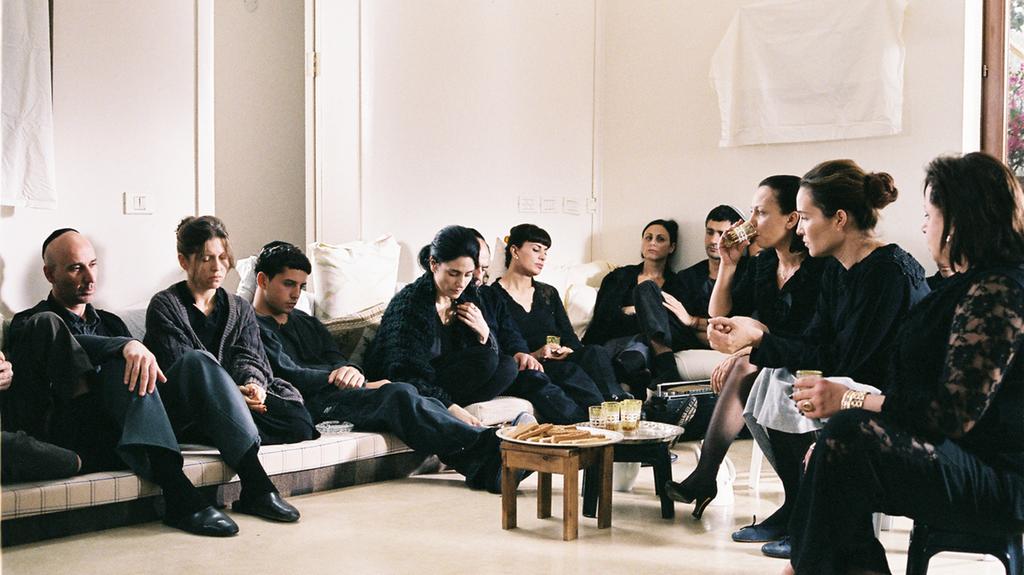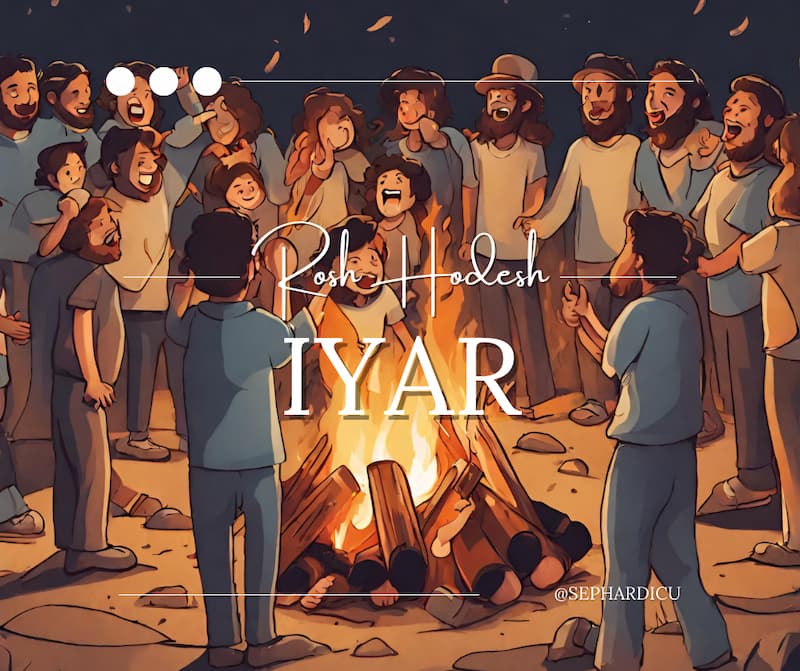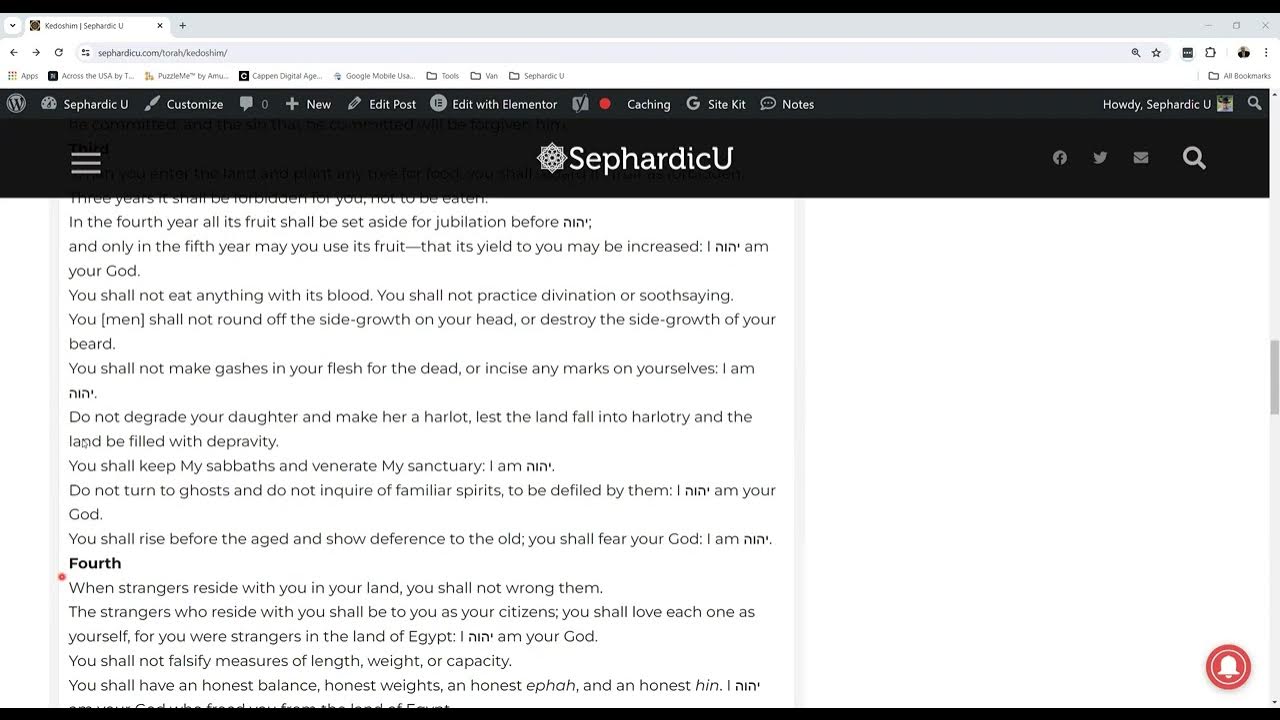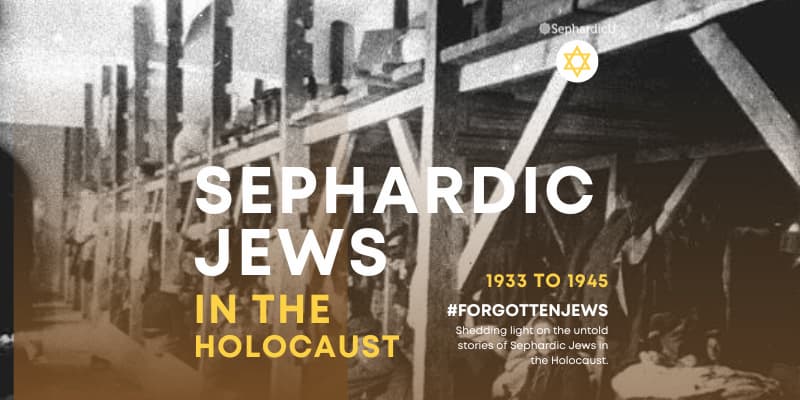Introduction
Chapter 4 delves into the customs, observances, and practices of Avelut, which encompasses an extended period of mourning beyond the initial stages of Aninut and Shiva. Avelut serves as a profound expression of grief, allowing individuals to honor and remember their loved ones while navigating the complexities of mourning. This chapter explores the unique aspects of Avelut from a Sephardic perspective, shedding light on the rituals, traditions, and community support that accompany this period of mourning.
Within the Sephardic Jewish tradition, Avelut represents a time of introspection, spiritual connection, and continued remembrance. It is a phase where mourners embrace rituals and practices that honor the memory of the departed while navigating the ongoing challenges of grief. By understanding the customs and practices of Avelut, individuals and families can find solace, support, and a sense of continuity as they embark on this journey of mourning.
Join us as we explore the observances and practices associated with Avelut from a Sephardic perspective, offering insights and guidance to honor and remember our loved ones during this extended period of mourning.
The Practice of Avelut
Avelut encompasses various customs and practices that provide structure, guidance, and solace during the extended mourning period. These observances are deeply rooted in Sephardic traditions and emphasize the ongoing remembrance of the departed, as well as the support of the community. The key practices observed during Avelut include:
Extended Mourning Period:
Avelut typically extends beyond the initial phases of Aninut and Shiva, lasting for a period of up to twelve months. During this time, mourners continue to honor and remember their loved ones, integrating their memory into their daily lives. The extended mourning period allows individuals to navigate the complexities of grief and find meaning and healing in their ongoing connection to the departed.
Period of Intense Mourning:
The initial period of Avelut, known as Shneim Asar Chodesh (the twelve months), is considered a time of intense mourning. During this phase, mourners may observe certain restrictions and practices to express their grief and honor the memory of the departed. These practices may include refraining from participating in joyous celebrations, such as weddings or other festive occasions, and avoiding activities that are considered excessive or indulgent.
Continued Commemoration:
Throughout the Avelut period, mourners engage in ongoing commemoration of the departed through various rituals and observances. These may include lighting memorial candles on significant dates, reciting special prayers or psalms in memory of the loved one, and participating in acts of charity or tzedakah in their honor. These acts of remembrance provide a sense of connection to the departed and serve as a source of comfort and healing.
Tombstone Unveiling (Hakamat Matzevah):
One significant observance during Avelut is the unveiling of the tombstone, which typically takes place after the first year of mourning. This ceremony marks the completion of the mourning period and serves as a formal recognition and memorialization of the departed. Family and friends gather at the gravesite, and the tombstone is unveiled, often accompanied by prayers, psalms, and words of remembrance. The unveiling allows loved ones to pay their respects, reflect on the memory of the departed, and find closure as they navigate the transition from intense mourning to a more integrated remembrance.
Support of the Community:
Community support plays a vital role during Avelut, providing comfort, solace, and a sense of belonging for the mourners. Friends, family, and community members continue to offer support through acts of kindness, including providing meals, attending memorial events, and offering emotional support. The ongoing presence and compassion of the community help alleviate the sense of isolation often experienced during the extended mourning period and remind the bereaved that they are not alone in their grief.
Navigating Avelut in a Sephardic Context
Navigating Avelut in a Sephardic context involves understanding the specific customs, traditions, and observances observed within Sephardic communities. Seeking guidance from knowledgeable religious leaders, community members, or support groups can offer valuable insights into the nuances of Sephardic Avelut customs. It is important to honor these traditions while finding personal meaning and comfort within them.
Sephardic traditions emphasize the ongoing remembrance of the departed and the integration of their memory into everyday life. Engaging in acts of charity, reciting special prayers, and participating in memorial events provide opportunities for healing, connection, and continued honoring of the loved one. These practices reflect the enduring legacy and impact of the departed and allow mourners to find solace and meaning during the extended period of Avelut.
Conclusion
Chapter 4 explored the observances and practices of Avelut, the extended period of mourning in Sephardic traditions. We delved into the customs and practices that provide structure, guidance, and support during this time of continued remembrance. The extended mourning period allows individuals and families to navigate the complexities of grief, find healing, and honor the memory of their loved ones.
Avelut encompasses practices such as the extended mourning period, the period of intense mourning, continued commemoration, the tombstone unveiling, and the support of the community. These practices create a framework for mourning, remembrance, and healing. By embracing the customs and traditions of Avelut from a Sephardic perspective, individuals and families can find solace, support, and a sense of continuity as they honor and remember their loved ones during this extended period of mourning.
As we continue our journey through the mourning process, let us draw upon the wisdom and support of the Sephardic traditions to find strength, healing, and connection. May the observances and practices of Avelut guide us on the path of remembrance, honor, and healing as we navigate this extended period of mourning.
Chapter 1: Aninut – The Sacred Phase Between Death and Burial
Chapter 2: Shiva – Embracing Solace and Support During the Mourning Period
Chapter 3: Sheloshim – Healing and Reflection in the Thirty-Day Mourning Period
Chapter 4: Avelut – Mourning Practices and Observances
Chapter 5: Azkara – Commemorating the Anniversary of the Passing
In the next chapter, we will explore Azkara, the commemoration of the anniversary of the passing, providing insights and guidance on how to honor and remember our loved ones on this significant occasion.









